Buyer's guide: overshoes
-
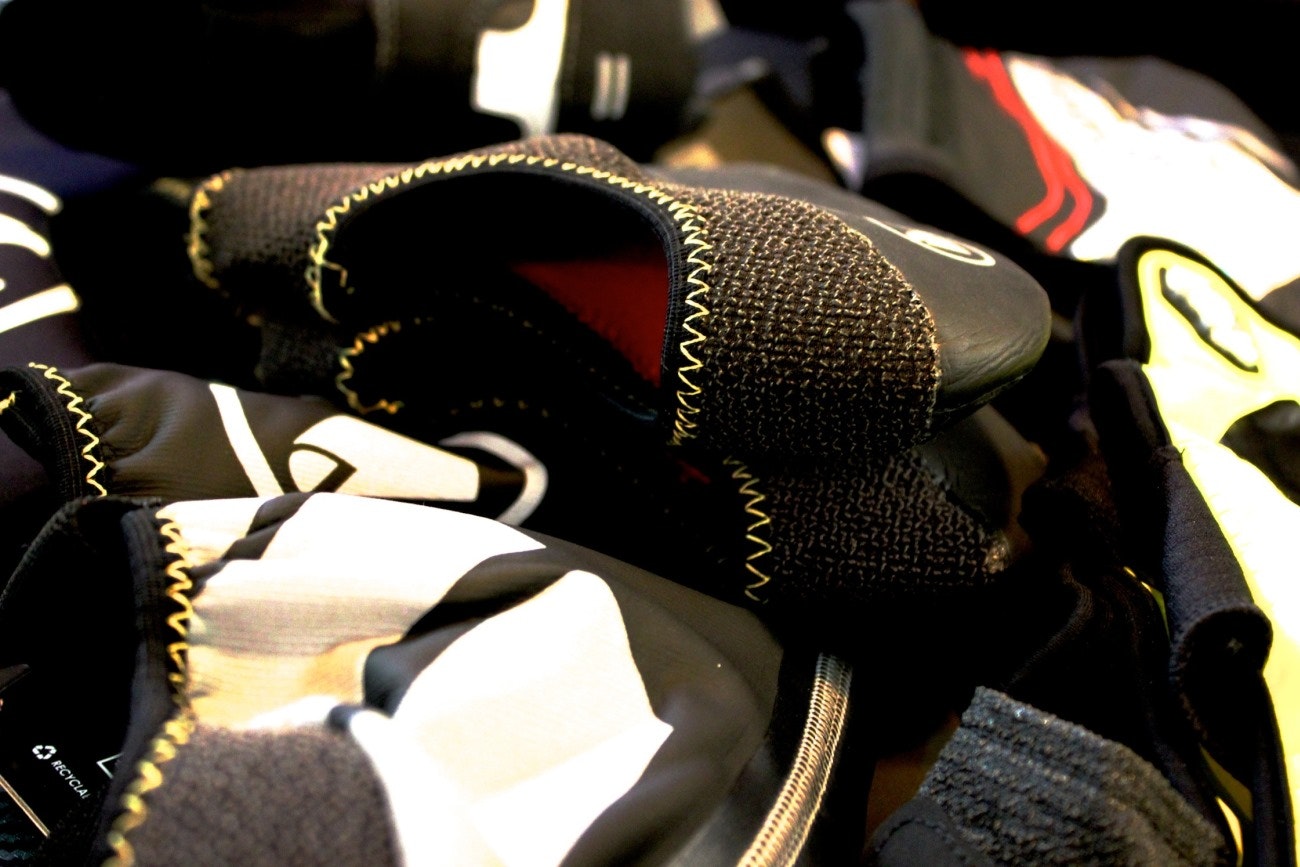
Overshoes are an essential at this time of year if you wish to ride in warmth and comfort
-
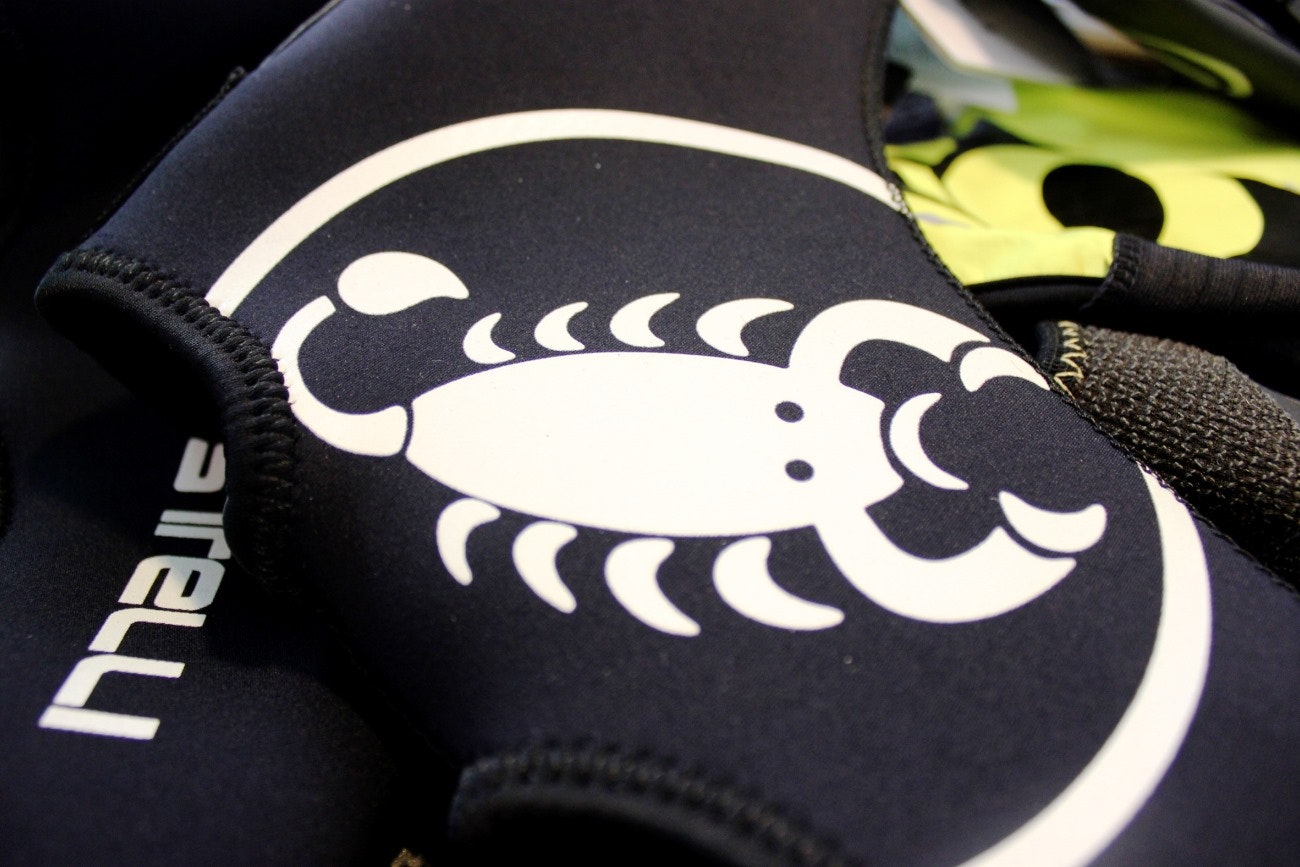
Neoprene is seemingly made for the purpose of keeping cyclists’ feet warm and dry
-
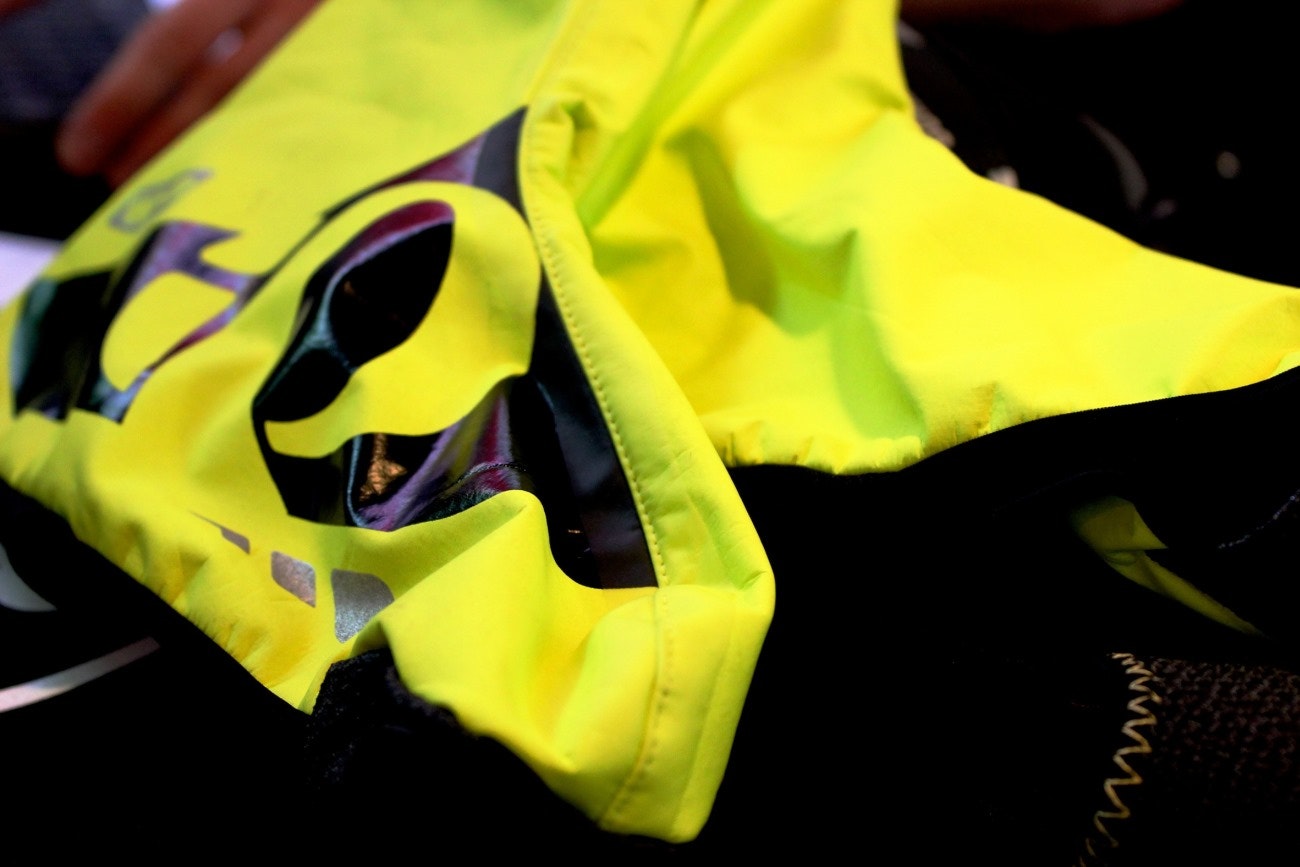
A PU coating, like that seen on Pearl Izumi's Pro Barrier WXB overshoe, offers protection from the rain with a lighter 'feel' than neoprene
-
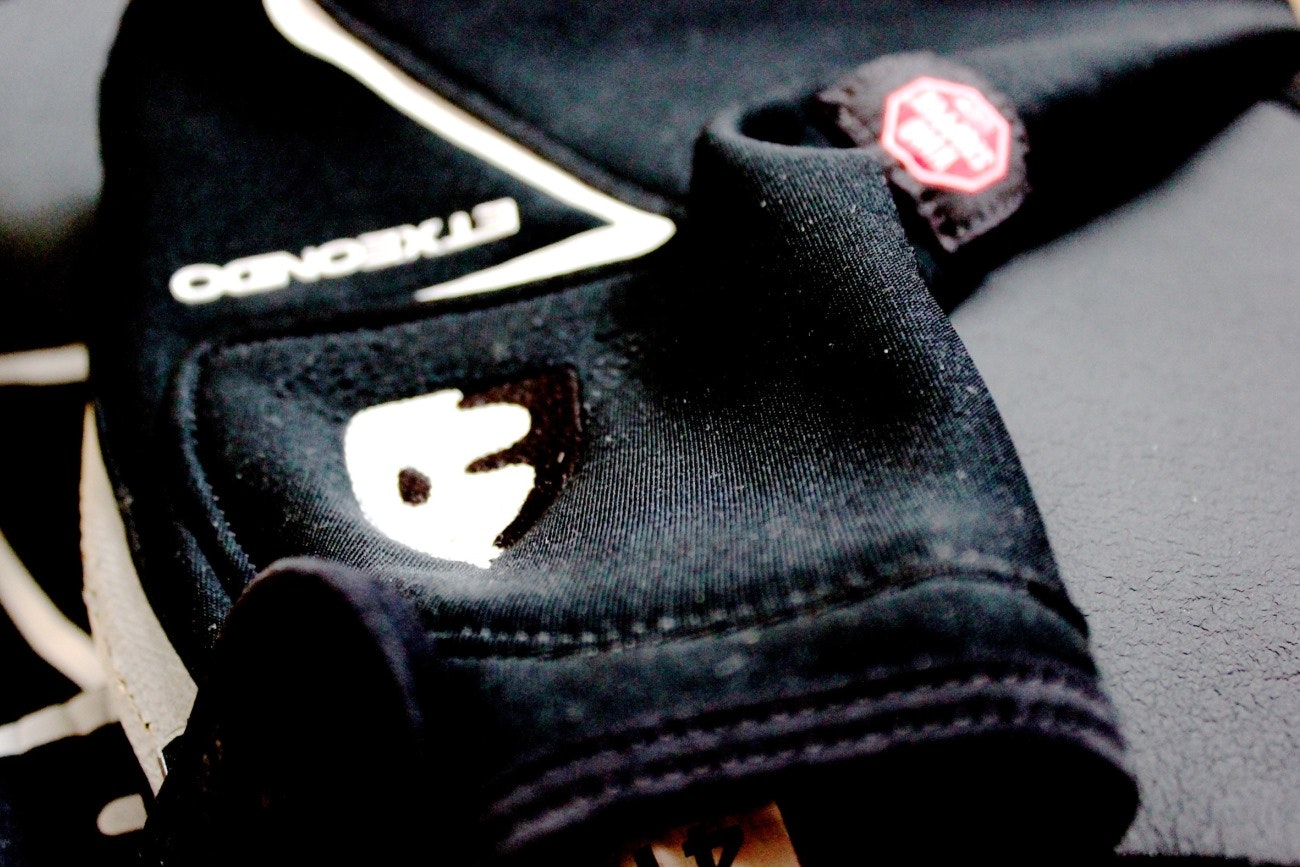
Soft fabrics, like Gore's Windstopper, are insulating, and, if treated, can provide some water resistance
-
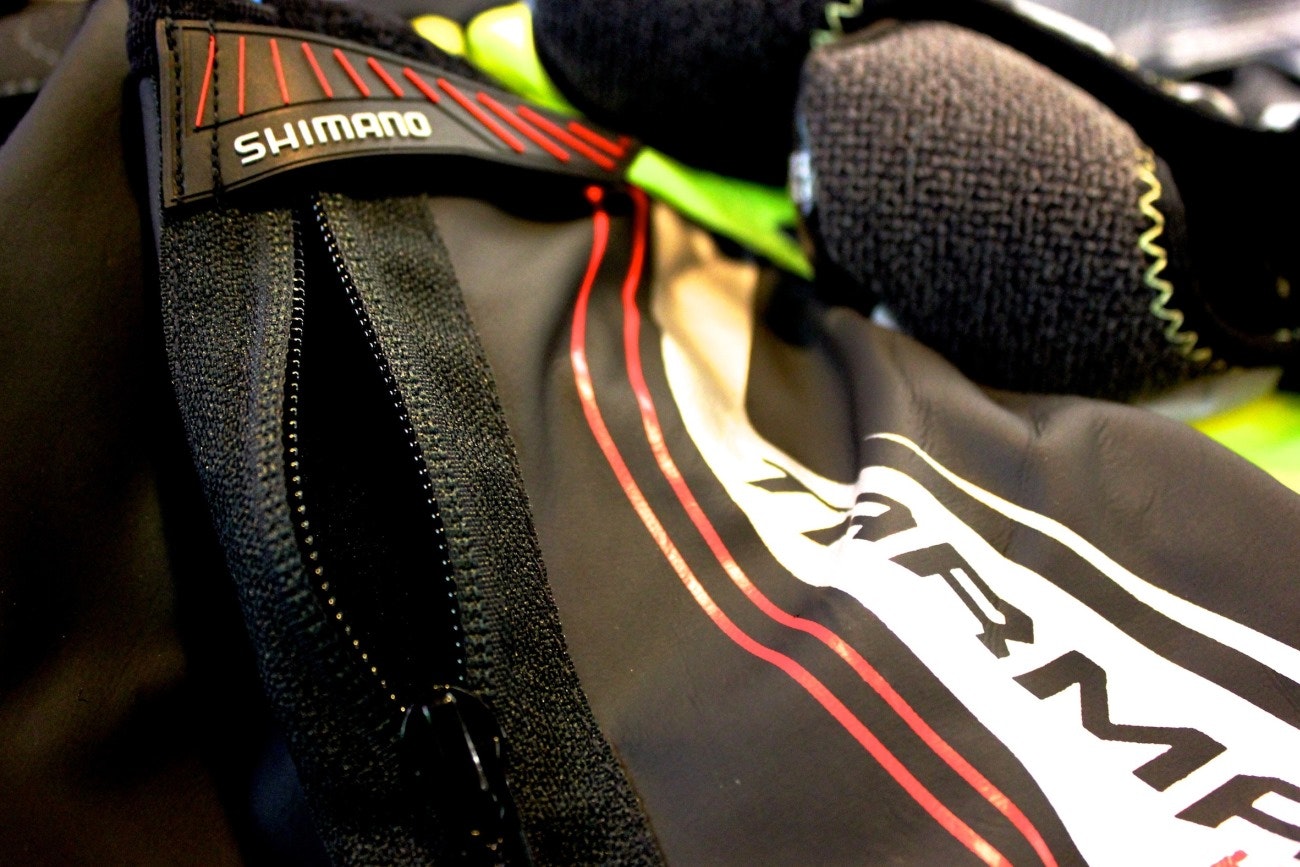
Overshoe zips are often highly stressed, but a sympathetic approach can prevent damage
-
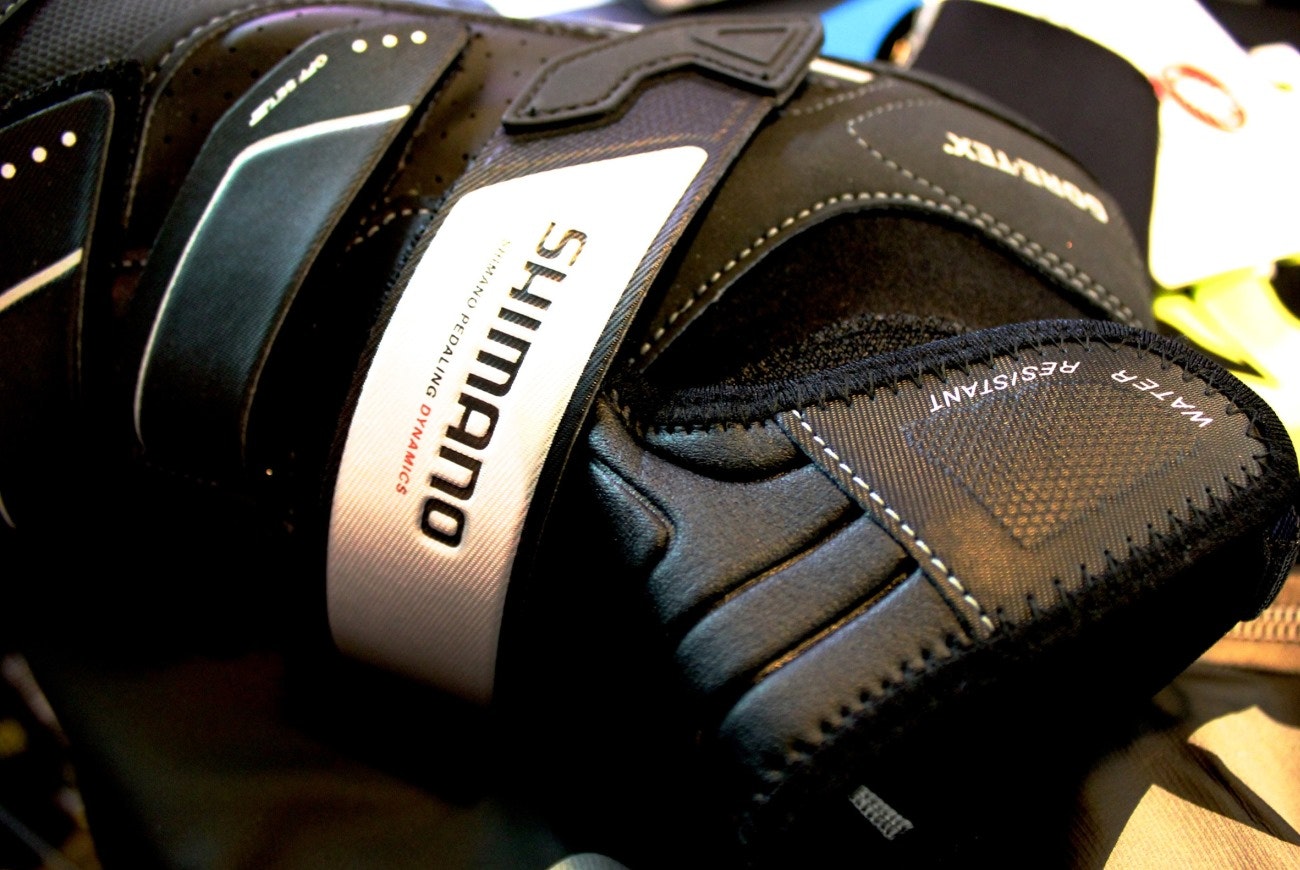
Winter boots have found greater acceptance with mountain bikers, but the UK-based roadie might consider them an alternative to routinely replacing overshoes
Buyer's guide: overshoes
We’re not short of rain, wet roads, and low temperatures in the UK, and so overshoes are an essential item for much of the year.
Essential? Anyone who has spent anything more than an hour in the saddle on a freezing cold or wet day will realise how much more quickly extremities like feet are chilled than the core. Add rain and wind chill to the equation and it doesn’t take long to lose all sensation in the feet. The result can be painful (not only on the bike, but afterwards in the shower) and psychologically draining.
Happily, overshoes are not ruinously expensive, and while their highly-stressed existence – being pulled into place, and inevitably scuffed on the sole – means they are susceptible to wear, a sympathetic approach to zips, regular washing, and avoiding unnecessary walks should extend their useful life.
We called in at our local bike shop, Ride in Dorset, to discuss the gentle art of keeping your feet warm in the coldest season with main man, Ritchie Hilton-Foster. Over the following pages we’ll consider the various types on the market, their pros and cons, and how the subtle difference in each makes them more or less appropriate for certain conditions.
What are you wearing on your feet this winter? And is it only a conventional overshoe? Many cyclists have developed their own, tried and trusted methods of beating frozen toe syndrome. If you have any tips of your own, share them below, or head to the RCUK Forum.





Share